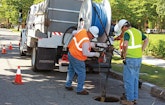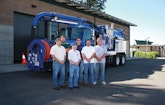
Before Larry Parsons arrived at the City of Coeur d’Alene (Idaho) Collection System de-partment, maintenance work was done only when needed — mainly in emergency cases.
“We were reactive when I came to work here; we had a lot of emergency call-outs for sewer backups and lift...









